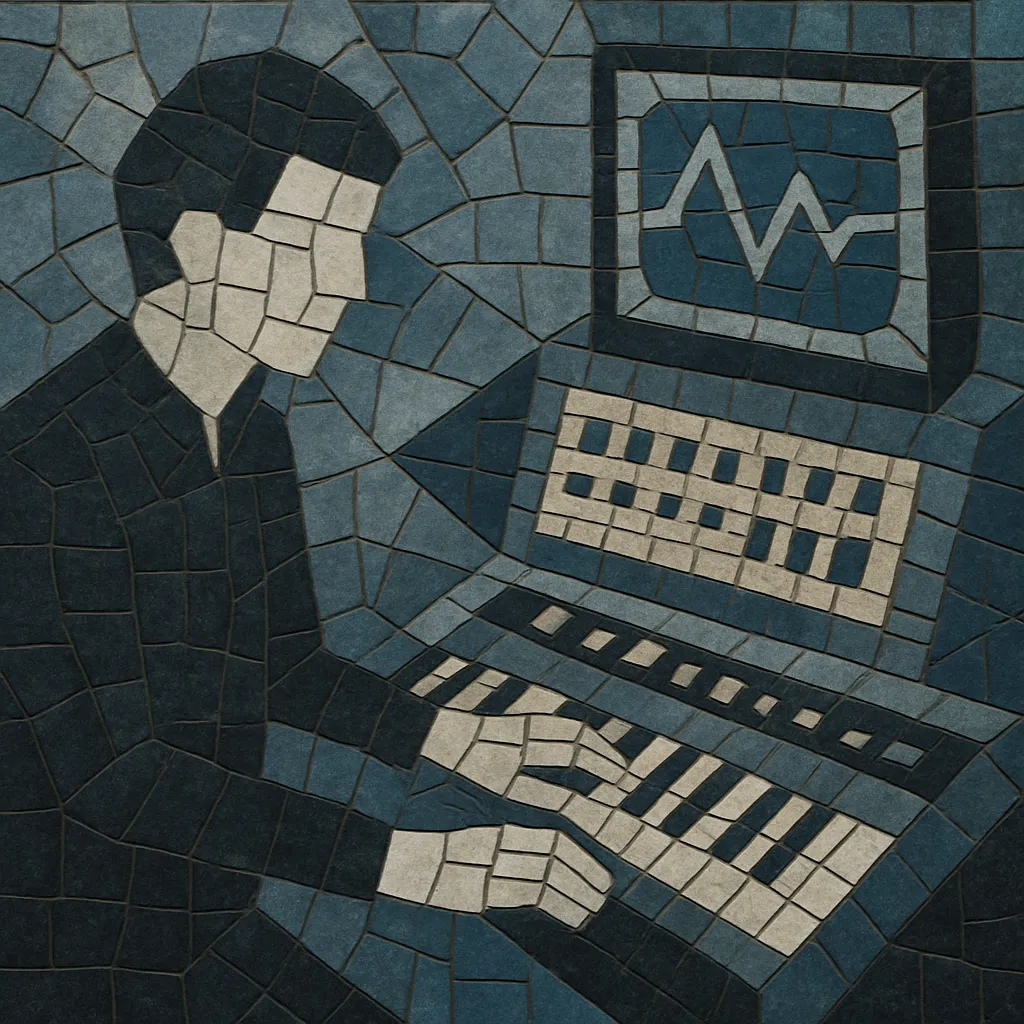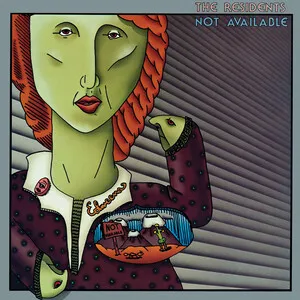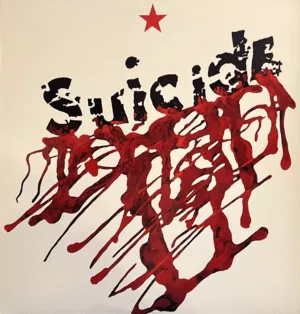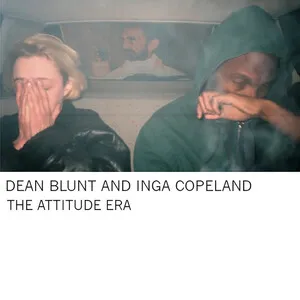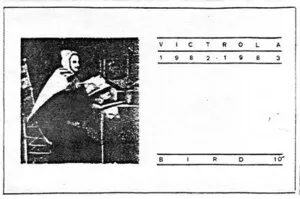Your digging level
Description
Minimal wave is a retroactive label for a strain of late-1970s and early-1980s DIY electronic new wave defined by sparse analog synthesizers, primitive drum machines, and austere, repetitive song structures.
Its sound is cold yet melodic: dry, metronomic rhythms; simple bass sequences; monochrome pads or strings; and detached, often deadpan vocals recorded on modest home or small-studio setups. Releases were typically issued on small European labels or as private cassette editions, sitting at the intersection of synth-pop, post-punk, and French/Belgian coldwave.
The genre’s contemporary identity coalesced in the mid-2000s through dedicated archival labels and compilations that highlighted this minimal, lo‑fi, and emotionally distant approach to early electronic pop.
History
Minimal wave emerged from the same crucible that produced post-punk, synth-pop, and coldwave: cheapening analog synthesizers, accessible drum machines, and the cassette culture of independent distribution. Artists in France, Belgium, the Netherlands, the UK, and the US used compact setups—often a monosynth, a string machine, and a simple drum box—to write stark, repetitive songs with a cool, emotionally distant delivery.
Releases were commonly self-financed 7" singles, EPs, or cassettes, circulated via mail order, local record shops, or college radio. The aesthetics—minimal arrangements, monochrome artwork, and a mechanized rhythmic feel—distinguished this current from glossier synth-pop and the guitar-forward branch of post-punk.
While the music dates to the early 1980s, the term “minimal wave” gained currency in the mid-2000s through Veronica Vasicka’s Minimal Wave label and radio shows that spotlighted obscure archival material. Key compilations—especially The Minimal Wave Tapes (2010, co-released with Stones Throw, and subsequent volumes)—crystallized the sound for a new audience and connected scattered regional scenes into a coherent narrative.
The reissue boom, blogs, Discogs communities, and Bandcamp fueled deeper excavation of lost tapes and private-press singles, while contemporary artists adopted the palette—dry drum machines, sequenced basslines, and icy vocals—often recorded to tape or with intentionally lo-fi workflows. This period also saw club DJs reframe minimal wave tracks alongside early EBM, electro, and contemporary synthwave, highlighting the genre’s dance-floor compatibility despite its minimalist, melancholic tone.
Minimal wave’s legacy is twofold: it preserves a DIY blueprint for synth-based songwriting and it seeded later micro-scenes and revivals that favor analog immediacy over maximal production. Its influence can be heard across modern indie electronic, witchy occult synth styles, and the broader synthwave revival that mines the same period hardware and mood.

